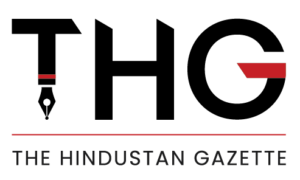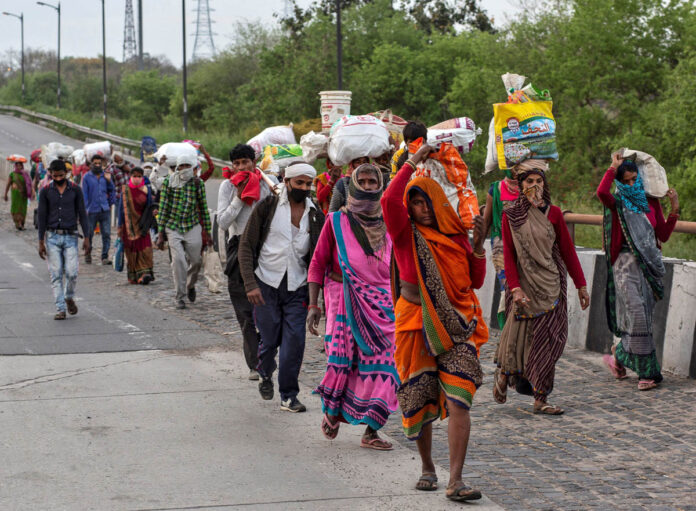The top one per cent of the population in India earns over one-fifth of the total national income in 2021 while the bottom half owns only 13.1 per cent, according to the World Inequality Report. India’s economic reforms and liberalization have mostly benefited the top one per cent, the latest report for 2022 said.
The report by the France-based World Inequality Lab which works through evidence-based research on the drivers of inequality worldwide said, “India stands out as a poor and very unequal country, with an affluent elite.”
One per cent richest people in India account 22 per cent of the total national income in 2021; while the top ten per cent owns 57 per cent of the income, said the report authored by co-director of the World Inequality Lab Lucas Chancel and coordinated by famed French economist Thomas Piketty, among others.
According to the report, the average national income of the Indian adult population is € 7,400 or Rs 204,200 that year on the purchasing power parity basis. It also categorically clarified that the average national income of a country masks the inequalities.
In India, the income gap between the top ten per cent and the bottom 50 per cent is one to 22, this year. The report also cited that India is one of the most unequal nations in the world.
When it comes to the entire world, the richest ten of the global population earn 52 per cent of global income currently, whereas the poorest half of the population own 8.5 per cent of it.
When it comes to wealth in India, inequality widens as the bottom 50 per cent of the households own almost nothing. The middle class is also relatively poor, holding 29.5 per cent of the total wealth as compared with the top 10 per cent and one per cent who earn 65 per cent and 33 per cent of the total wealth respectively.
The Average wealth of India stands at €4,200, which is six per cent of the total. While the middle class owns an average wealth of just €26,400 or Rs 723,930, the top ten per cent and one per cent earn €231,300 or Rs 6,354,070 and more than €6.1 million or Rs 32,449,360.
According to the report, inequality in India has widened compared to British rule. It was found that Indian income inequality was very high under British colonial rule (1858-1947), with the top ten per cent of the population sharing nearly 50 per cent of the national income.
After independence, the report said that socialist-inspired five-year plans contributed to reducing this share to 35-40 per cent.
Deregulation and liberalisation policies since the mid-1980s have led to one of the most extreme increases in income and wealth inequality observed in the world, it said.
While economic reforms have largely benefited the top one per cent, growth among low and middle income groups has been relatively slow and poverty persists.
The report also had adverse comments on the transparency of data released by the Indian government. “Over the past three years, the quality of inequality data released by the government has seriously deteriorated, making it particularly difficult to assess recent inequality changes,” it said.
Gender inequalities are very high in the country. The female labour income share is equal to 18 per cent, significantly lower than the average in Asia, excluding China, at 21 per cent.
“This value is one of the lowest in the world, slightly higher than the average share in West Asia at 15 per cent. The significant increase, eight percentage points, observed since 1990 has been insufficient to lift women’s labour income share to the regional average,” the report found.



